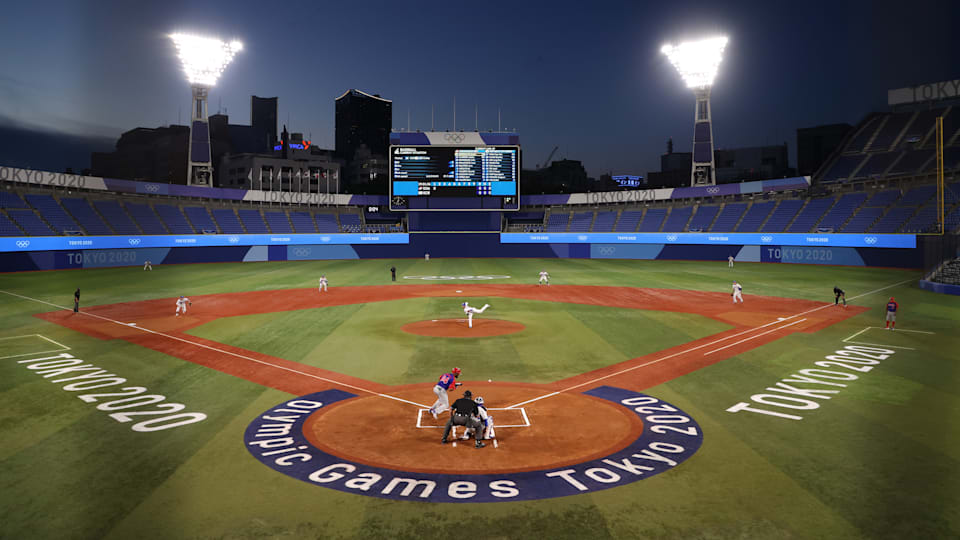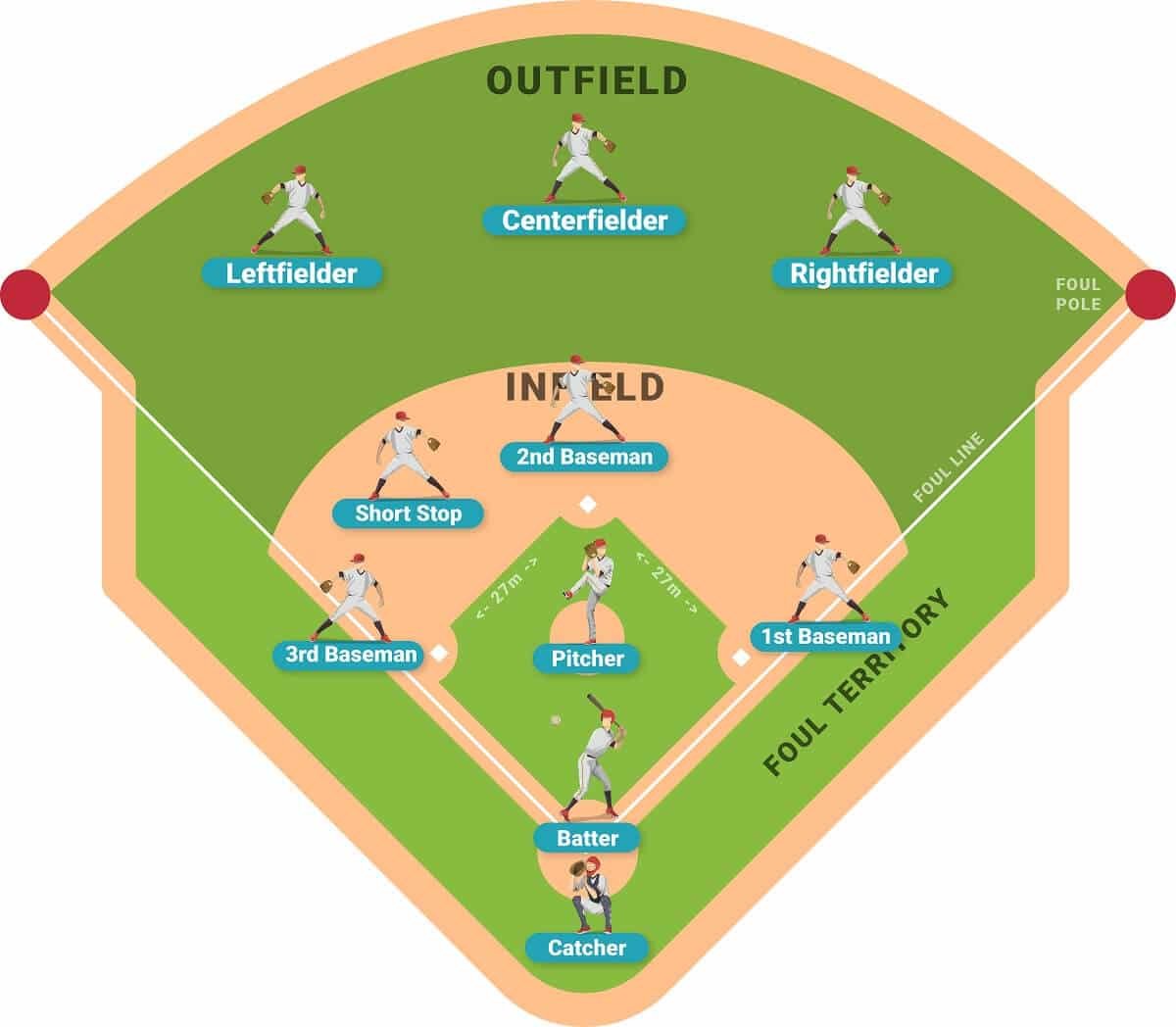A typical baseball game lasts around three hours. This can vary based on several factors.
Baseball is a sport filled with excitement and strategy. The duration of a game isn’t fixed, making each match unique. Factors like the number of innings, player performance, and game pauses can influence the total time. Baseball games usually start with high energy and can extend if tied, adding extra innings.
Understanding the time involved helps fans plan better. Whether you’re a new fan or a seasoned follower, knowing the average duration and what affects it can enrich your experience. Let’s dive into what determines how long a baseball game lasts.
Introduction To Baseball Game Duration
Understanding the duration of a baseball game is important for many fans. Baseball games have a unique flow and timing. This often leaves newcomers curious about how long a game lasts. This article will shed light on the average length of a baseball game. It will also explore why knowing the duration matters.
Brief History Of Baseball
Baseball has a rich history dating back to the 19th century. It began in the United States and quickly became a beloved sport. Early games had no set time limit, which often led to long matches. Over time, rules evolved to standardize the game’s length. This helped make baseball more enjoyable for players and fans.
Importance Of Knowing Game Duration
Knowing how long a baseball game lasts is useful for several reasons. It helps fans plan their day around the game. Whether watching at home or at the stadium, time management is key. It also helps families with young children. Long games can be tiring, so knowing the duration helps in planning breaks.
For players, understanding game duration is crucial too. It allows them to pace themselves and manage their energy levels. Coaches also benefit from this knowledge. They can make better decisions on player substitutions and strategies.
Factors Affecting Game Length
Understanding how long a baseball game lasts is crucial for fans and players alike. The duration of a baseball game can vary greatly. Several factors contribute to the length of a game. These include the number of innings, pitcher and batter dynamics, and more. Let’s explore some of these key factors in detail.
Number Of Innings
Baseball games are typically structured to last nine innings. Each inning consists of two halves: the top and the bottom. One team bats in the top half, and the other bats in the bottom half. In total, there are 18 half-innings in a standard game.
Sometimes, games extend beyond nine innings if the score is tied. These are called extra innings. Extra innings continue until one team wins. This can significantly increase the game’s length. On the other hand, some games may end early due to weather conditions or the mercy rule in youth leagues.
| Scenario | Impact on Game Length |
|---|---|
| Regulation (9 innings) | Standard length |
| Extra Innings | Increases length |
| Weather Conditions | May shorten game |
| Mercy Rule | Ends game early |
Pitcher And Batter Dynamics
Pitcher and batter interactions are another key factor. The duel between the pitcher and the batter can either speed up or slow down the game. A pitcher who throws many strikes can speed up the game. Conversely, a pitcher who struggles with control may walk more batters, extending the game.
Batters also influence game length. Aggressive batters who swing early in the count can lead to quick outs. On the other hand, patient batters who take many pitches can prolong at-bats. Each at-bat can vary in length due to these dynamics.
- Pitcher Efficiency: More strikes mean quicker outs.
- Batter Patience: More pitches mean longer at-bats.
- Walks and Hits: More base runners mean longer innings.
Both pitchers and batters have roles in game duration. Their strategies and performances can make a game shorter or longer. Understanding these dynamics helps fans appreciate the nuances of the game.
Average Duration Of A Baseball Game
The average duration of a baseball game can vary. Factors like league level, game pace, and player performance all play a role. Understanding the average game length helps fans plan their day.
Major League Baseball Games
Major League Baseball (MLB) games typically last around three hours. This duration includes innings, player changes, and short breaks. Some games may end sooner, in about two and a half hours. Extra innings or delays can extend the game time. The introduction of pitch clocks aims to reduce game length.
Minor League Baseball Games
Minor League Baseball games are usually shorter. They often last around two and a half hours. These games involve less commercial time and fewer delays. Minor league games are great for fans with busy schedules. They offer a quicker, exciting experience.

Credit: www.vereinsticket.de
Impact Of Extra Innings
Baseball games can vary in length, and extra innings have a significant impact on the duration. Extra innings occur when the game is tied after the regular nine innings. This extension can make a game last much longer than usual.
How Extra Innings Work
Extra innings follow the same rules as regular innings. Each team gets a chance to bat and field. The goal is to break the tie. If both teams score the same number of runs, they continue to play more innings. This repeats until one team outscores the other in a complete inning.
Statistics On Extra Innings
Extra innings games are not rare. Studies show that about 9% of games go into extra innings. The average length of these games extends by around 30 minutes. Some games can even last several hours longer than usual. The longest recorded game lasted 8 hours and 6 minutes, spanning 25 innings.
Role Of Commercial Breaks
Commercial breaks play a crucial role in the duration of a baseball game. They provide necessary pauses for the audience and players. But how do these breaks impact the overall game length? Let’s delve into the specifics.
Television Timeouts
Television timeouts are a major component of commercial breaks in baseball. These breaks are scheduled and consistent. They often occur between innings, ensuring advertisers get their slots.
Here’s a typical breakdown:
- Inning End: About 2-3 minutes per break
- Pitching Changes: Can add 2-3 minutes
With an average of 9 innings and several pitching changes, the time adds up.
Advertising Influence
Advertising has a significant influence on baseball’s commercial breaks. Sponsors pay a premium for these spots. Their investment is essential for the financial health of the sport.
Consider the following:
| Break Type | Duration | Frequency |
|---|---|---|
| Inning Break | 2-3 minutes | 9 times per game |
| Pitching Change | 2-3 minutes | Varies |
These breaks ensure sponsors’ messages reach the audience. But they also extend the game length.
Weather And Game Length
Weather can greatly affect the length of a baseball game. Rain and extreme weather conditions can cause delays or even cancellations. Understanding these factors helps fans manage their expectations and plan accordingly.
Rain Delays
Rain delays are common in baseball. When it rains, umpires may pause the game to protect players and the field. This pause can last a few minutes or several hours. If the rain continues, the game might be rescheduled.
Teams often try to play through light rain. But heavy rain makes the field unsafe. Grounds crews work hard to keep the field in playable condition. They use tarps to cover the field and prevent damage.
Extreme Weather Conditions
Extreme weather can also affect game length. High winds, lightning, and extreme heat pose risks to players and fans. Games may be delayed or postponed until conditions improve. Safety is the top priority in these situations.
In extreme heat, games might start earlier or later in the day. This helps avoid the hottest parts of the afternoon. Teams also provide extra hydration and cooling stations for players and fans.
Understanding how weather impacts baseball games helps fans prepare. Always check the weather forecast before heading to the stadium. This way, you can enjoy the game without surprises.
Strategies To Shorten Game Duration
Baseball games can sometimes feel lengthy. Fans and players often wish for shorter, more exciting matches. There are several strategies to reduce game duration. These include rule changes and technological innovations. These methods help make the game more engaging and fast-paced.
Rule Changes
One effective strategy is changing the rules. Introducing a pitch clock limits how long pitchers can take. This reduces time between pitches. Limiting mound visits also speeds up the game. Managers and coaches visit the mound less often. These changes help keep the game moving.
Another rule change is the three-batter minimum. This means a pitcher must face at least three batters. It reduces pitching changes during an inning. Fewer interruptions mean a faster pace. These rule changes make games shorter and more thrilling.
Technological Innovations
Technology also plays a vital role. Instant replay reviews are now quicker. Officials use technology to review plays faster. This reduces delays and keeps the game flowing. Automated strike zones are another innovation. They help call balls and strikes more accurately.
Digital scoreboards provide real-time updates. They keep fans informed without slowing the game. Improved broadcasting technology allows for fewer commercial breaks. This means more game time and less waiting. These innovations help shorten the overall game duration.

Credit: community.jmp.com
Fan Experience And Game Duration
Baseball games can vary in length, affecting the fan experience. The duration of a game impacts how fans enjoy their time at the stadium. Let’s explore how game length influences audience enjoyment and compare it with other sports.
Impact On Audience Enjoyment
Baseball games offer a relaxed atmosphere. Fans enjoy the slower pace, which allows time for socializing. Long games can sometimes lead to fatigue, especially for families with young children. Shorter games may keep the energy high and the crowd engaged.
Breaks between innings provide chances to grab snacks or drinks. This helps maintain interest and comfort. The unpredictability of game length adds excitement. Fans never know when a dramatic moment might occur.
Comparisons With Other Sports
Baseball games typically last around three hours. This is longer than most basketball games, which average about two hours. Football games also tend to be shorter, usually under three hours. Soccer matches are even quicker, lasting about 90 minutes.
The longer duration of baseball offers more opportunities for fan interaction. Other sports may have more intense action but less time for social activities. Each sport has its unique charm and appeal. Baseball’s pace allows fans to savor each moment.

Credit: olympics.com
Frequently Asked Questions
How Long Is A Typical Baseball Game?
A typical baseball game lasts about three hours. The duration can vary based on factors like innings and delays.
What Factors Affect The Length Of A Baseball Game?
Factors include the number of innings, pitching changes, and delays. Extra innings and weather conditions can also extend game time.
Do Extra Innings Affect Game Duration?
Yes, extra innings make the game longer. Each inning adds about 20 minutes to the overall game duration.
How Does Weather Impact A Baseball Game?
Weather can delay or postpone a game. Rain, lightning, and extreme heat or cold can extend the game’s duration.
Conclusion
Baseball games vary in length. They often last around three hours. Factors like extra innings and weather can extend the game. Understanding the rules helps in enjoying the game more. Baseball’s unpredictability adds to its charm. Each match offers unique excitement.
Fans cherish every moment, long or short. So, grab some snacks, sit back, and enjoy the experience. Baseball is more than just a sport. It’s a tradition that brings people together. Experience it firsthand and see why it’s loved worldwide.

